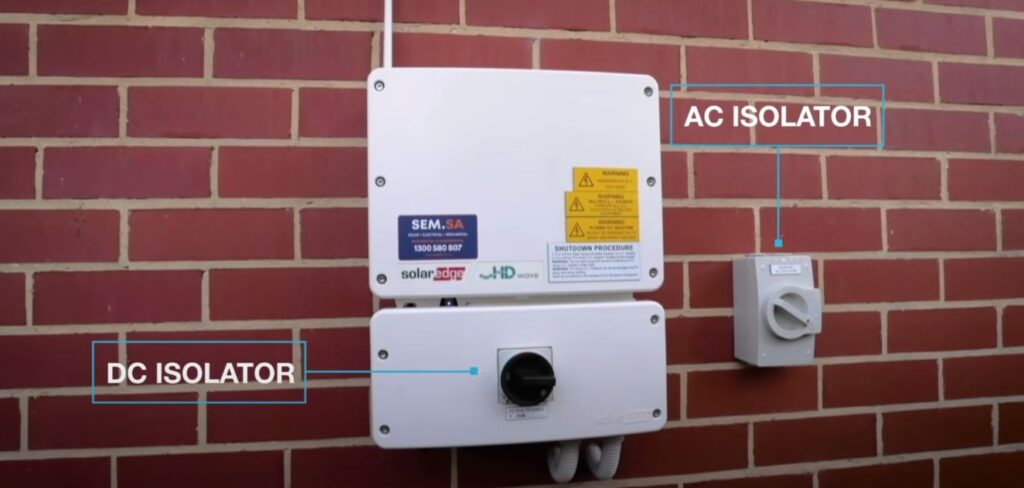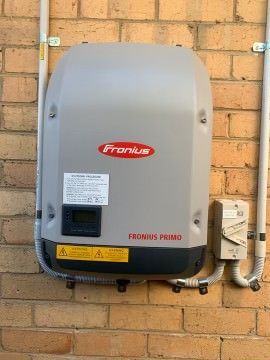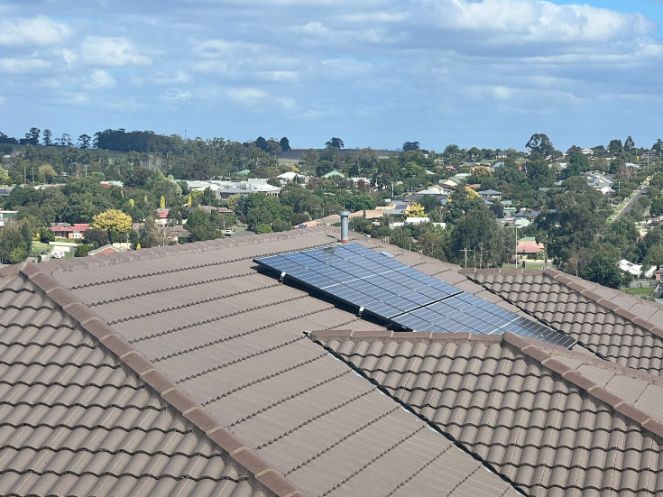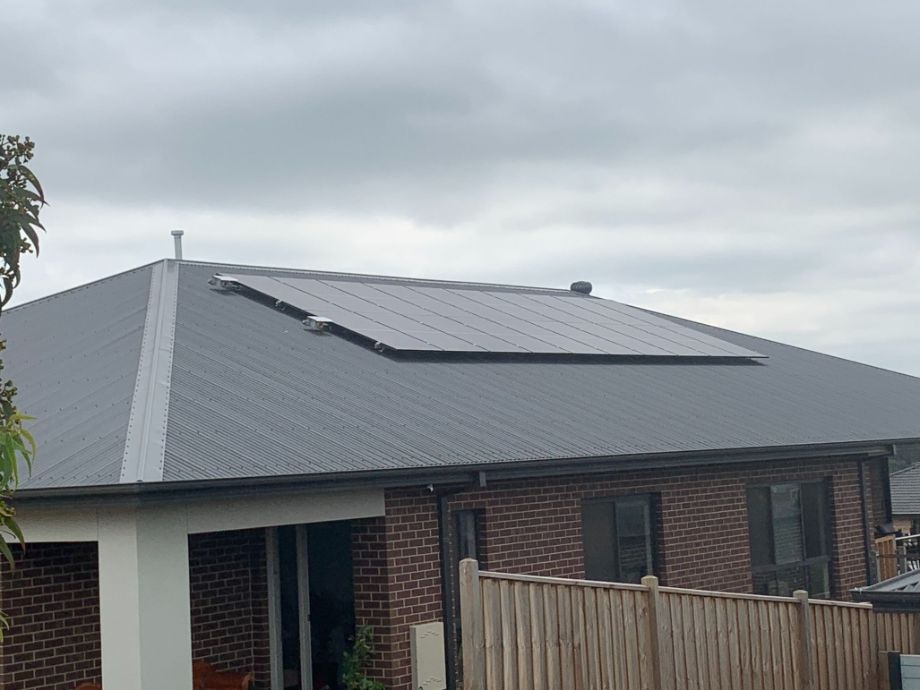The best solar inverter in Australia is the Fronius Primo. This single-phase device is available in a range of sizes and is a favourite by Aussies due to its high efficiency, smart software, and innovative technologies.
What makes Fronius Primo inverters even better is that they are covered by a standard 5-year warranty. The brand even states that consumers can get an extra 5 more years if they sign up on their website.
The Fronius Primo inverter has a high-efficiency rating reaching up to 98.1%. It uses SnapINverter technology that makes removal easy while leveraging integrated data communication features.
This blog will discuss how much a solar inverter costs in Australia and the best tips to select the most suitable inverter for your needs.

How Much is a Solar Inverter in Australia?
You can expect to pay solar installers in Gippsland between $1,000 to $2,000 for a string inverter or $1,000 and above for microinverters. Providing a specific price for a solar PV inverter isn’t easy since each system is built differently. The photovoltaic inverter requirements will highly depend on the system design chosen. At the same time, the size can be scaled up or down based on energy demands.
Furthermore, solar installers will normally purchase these products in bulk. They also have direct access to different suppliers, leading to costs being different compared to what you’ll pay if you buy on your own.
At Connected Solar Gippsland, we have access to the best inverters in Australia. Contact us today to find out how much you’ll expect to shell out for your desired inverter.

How Do I Choose a Solar Inverter?
To choose a solar inverter, you’ll need to consider the following:
Inverter Size
The size of your inverter is one of the first things you should consider when buying an inverter. The main reason for this is that it should match the maximum production capability of your solar system.
For example, if you have a 5kW solar PV system, then you’ll need at least a 5kW inverter as well.
With that said, some installers would advise going with an undersized inverter. Choosing a smaller capacity inverter not only helps you save on cost but is also more realistic by taking into account solar degradation.
However, if you plan to add more solar panels to your system at a later date, then purchasing a larger inverter will be more practical.

Inverter Efficiency
The efficiency of an inverter works by measuring how much electricity it converts successfully from DC to AC.
For instance, an inverter with a 92% efficiency rating will waste at least 8% of its electricity production while performing the conversion. You’ll want to choose an inverter that has 95% efficiency or more to minimise wastage.
Solar Monitoring Technology
Finally, you should choose an inverter that leverages smart technologies like Jinko Solar. For example, solar monitoring features in inverters allow you to keep track of things such as the amount of electricity the system is producing and the current charge capacity of your solar batteries.
Ideal inverters not only provide these monitoring features but also supplies their users with accurate information.

